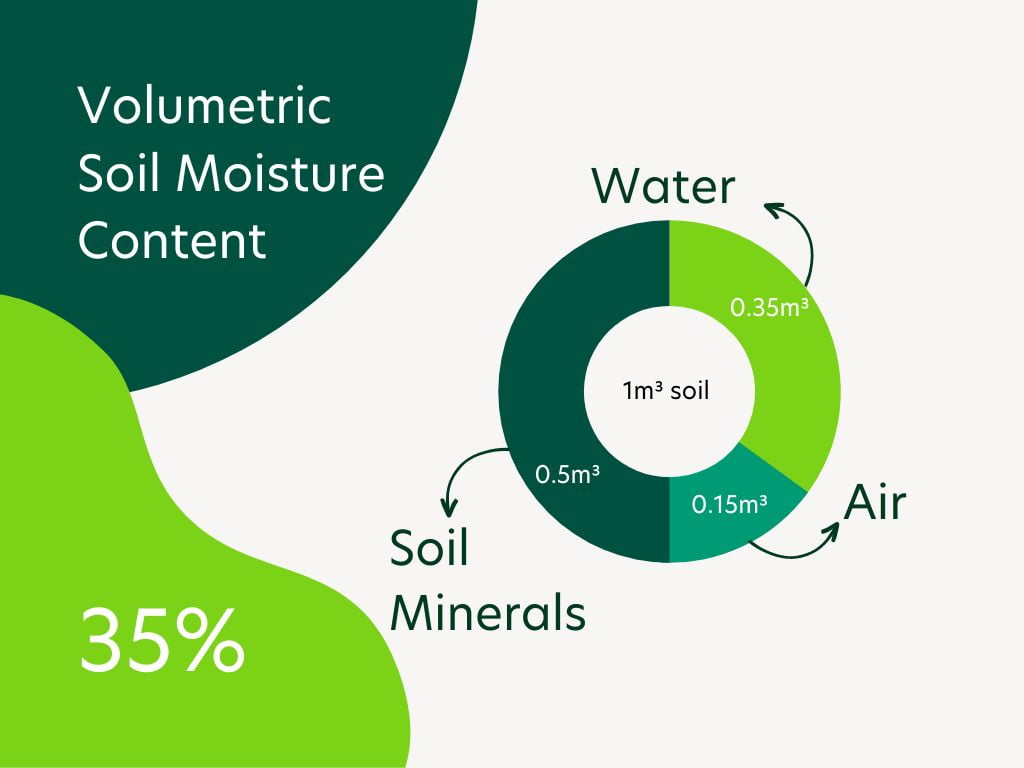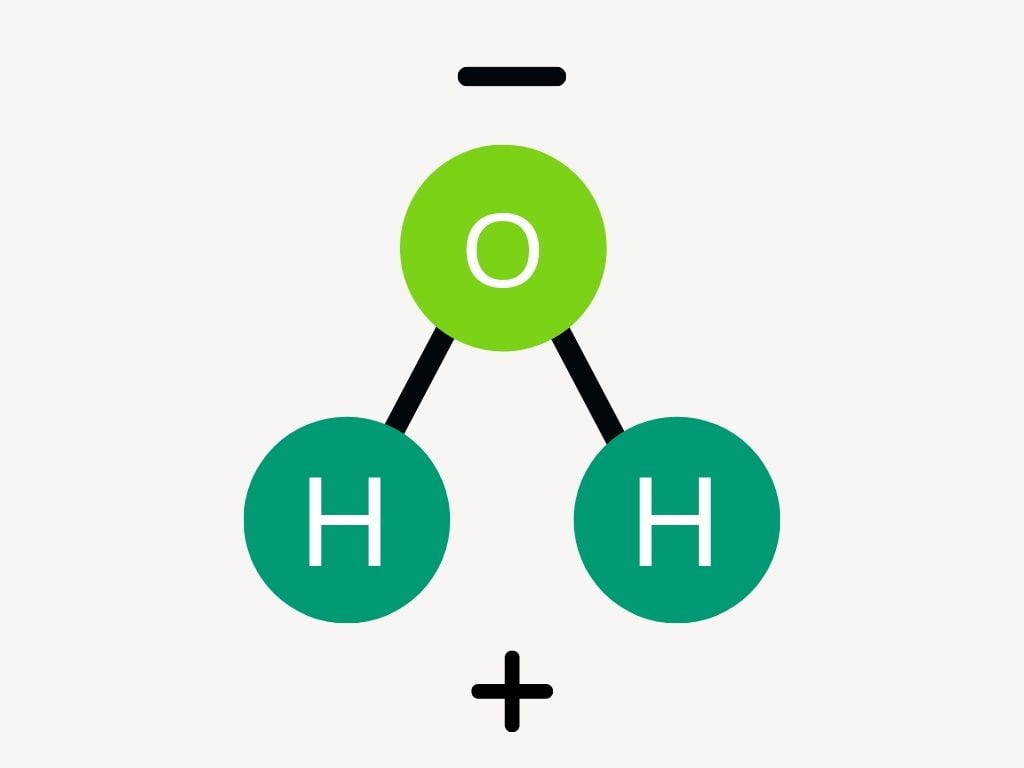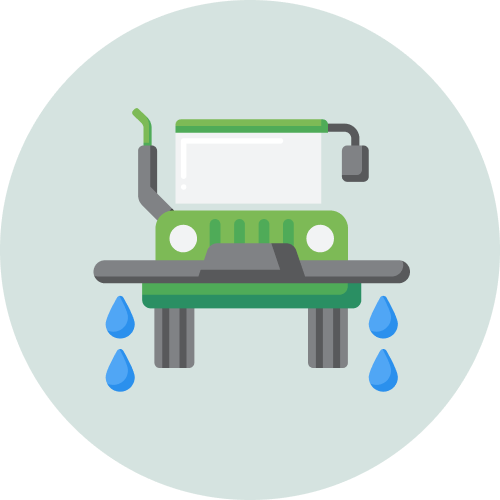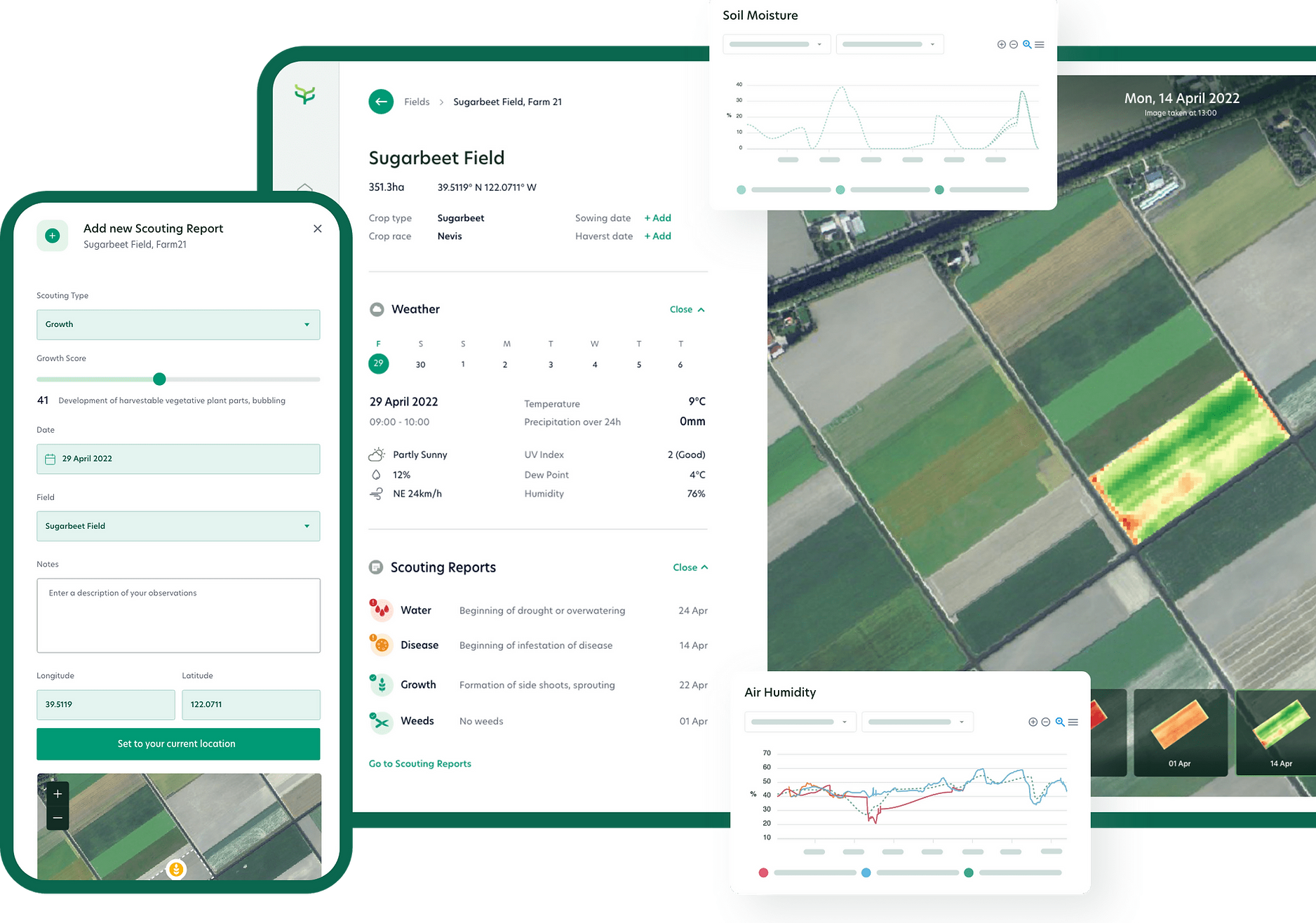Capacitive soil moisture sensors are becoming increasingly important in modern agriculture.
The world is under pressure to feed a growing global population. By leveraging precision farming tools like Capacitive soil moisture sensors, growers can now optimise production with lower environmental impact to ensure a healthy future – For people and the planet.
The right tools make all the difference.
Soil moisture sensors are important tools that help growers optimise irrigation practices, conserve water resources, and maintain profitable crop yields. They provide insights into what’s happening in the field for better use of land, time, and valuable resources.
Among the different types of soil moisture sensors available in the market, capacitive soil moisture sensors are one of the most widely used and reliable options. Discover the applications, advantages, disadvantages, and factors to consider before investing.
How Capacitive Soil Moisture Sensors Work
Understanding Volumetric Water Content (VWC)
In order to understand how these devices work, we need to first understand what they’re measuring, so let’s take a step back and look at soil moisture – More specifically, Volumetric Water Content (VWC).
VWC is a measure of the amount of water present in a volume of soil, expressed as a percentage of the volume. For example if 1m³ consists for 0.15m³ air, 0.35m³ water and 0.50m³ soil minerals, the VMC will be 35%.

VMC is a fundamental parameter in soil science and hydrology, as it plays a critical role in determining the physical, chemical, and biological properties of soil and the movement of water through the soil profile. Measuring VWC is important for a variety of applications, including agriculture, forestry, environmental science, and civil engineering. It can be measured using various techniques, one of the most efficient being capacitive sensors.
The Science Behind Capacitative Soil Moisture Sensors
To measure VWC, these sensors take advantage of the polarity of water. The polarity of water refers to the separation of electric charges within a water molecule. A water molecule is composed of two hydrogen atoms and one oxygen atom, and the electrons in the molecule are not evenly distributed. The oxygen atom has a higher electronegativity than the hydrogen atoms, which means it attracts the shared electrons more strongly. This results in a partial negative charge on the oxygen atom and a partial positive charge on the hydrogen atoms.
As a result of this uneven distribution of charges, water molecules are polar, meaning they have a positive end (the hydrogen atoms) and a negative end (the oxygen atom).

When an electromagnetic field is applied to soil, the water molecules within it become responsive to this polarity. This means that when the polarity of the field is changed, the water molecules shift their orientation in response. By introducing an electromagnetic field using with a water content sensor, it becomes possible to detect and measure the impact of water on the field. If the soil contains more water, the effect on the field will be greater, providing an indirect measurement of the soil’s water content.
Capacitance sensors use two probes (one with a positive charge and one with a negative charge) to form an electromagnetic field as mentioned above. This allows them to measure the charge-storing capacity of the material between the probes (the soil) which can then be related to the amount of water in the soil that is being measured.
So, to summarise, the science behind capacitance soil moisture sensors is based on the ability of soil to store electrical charge, and the sensors are designed to measure the change in capacitance between two conductive plates in the soil as a function of soil moisture content.
Why Use Capacitive Soil Moisture Sensors?
The VWC of soil is an important factor in agricultural productivity. It is used to determine the amount and timing of irrigation needed to maintain optimal soil moisture conditions for crops. Over-irrigation can lead to water-logging, nutrient leaching, and soil erosion, while under-irrigation can lead to decreased crop yield and quality.
By utilising these devices, it’s possible to collect a constant stream of soil data over time which is a powerful tool for gaining insight into soil behaviour and is especially valuable for making fact-based decisions in precision agriculture.
Five Factors to Consider When Selecting a Capacitive Soil Moisture Sensor
Selecting the right capacitive soil moisture sensor is essential to ensure accurate and reliable measurements of soil moisture content. Here are some of the factors that should be considered when choosing a capacitive soil moisture sensor:
- Accuracy: The accuracy of the sensor is an important consideration, especially for applications such as precision irrigation, where small changes in moisture content can have a significant impact on plant growth. Look for sensors with high accuracy and low measurement error.
- Durability: Capacitive soil moisture sensors are often installed in harsh outdoor environments and exposed to extreme weather conditions. Look for sensors that are rugged and durable and can withstand exposure to moisture, heat, and cold.
- Installation and maintenance: The sensor’s installation and maintenance requirements should be considered, as they can affect the accuracy and reliability of the readings. Some sensors require frequent calibration, while others are self-calibrating. The installation method, depth, and spacing of the sensors should also be considered.
- Sensor output: The sensor output can vary between different models, and it is essential to consider the output type and compatibility with data loggers and other equipment. Some sensors provide analog or digital outputs, while others transmit data wirelessly.
- Cost: The cost of the sensor is an important consideration, especially for large-scale installations. Look for sensors that offer good value for money and are affordable over the long term.
Introducing Farm21’s Solution
Developed over the last 4 years, the FS21 is Farm21’s newest and most advanced sensor to date. A zero-maintenance, affordable and easy-to-install device that makes massive deployments possible, for the ultimate data-density. The devices are designed, built, calibrated and assembled in The Netherlands.


Take Action
Treat, spray & irrigate crops with sensors in place
Long Lasting
Recharge battery with USB-C and lasting a full year on a single charge
Measure
Measures right under the crop canopy for actual crop climate
Connectivity
Narrowband-IoT,
LTE-M & 2G connectivity for easy deployment
Affordable
5 to 10 times more affordable than any competing device
API Integration
Instead of using our platform, integrate your own through the API
Easy Installation
Factory calibrated, done in 30 seconds
Modular Design
Our sensors support
other modules or third-party sensors
Why Choose the FS21?
The FS21 capacitive soil moisture sensor is a powerful tool for farmers, researchers, and other agri professionals who need to monitor soil moisture levels accurately and reliably. Its ease of installation, low maintenance requirements, and robust design make it a popular choice for applications in the agriculture and research industries.
| Key Advantages | Farm21 | Competitors |
| Data collected from our proprietary low-cost sensors, scouting, satellite, weather, fields | ✅ | Single datasource |
| Configure your own alerts | ✅ | ❎ |
| Web and mobile app | ✅ | Need to install another app |
| Unlimited users for free | ✅ | Not possible to share data or pay extra |
| Free scouting app and satellite imagery | ✅ | ❎ |
| Easy to use interface | ✅ | ❎ |
| Phone, mail and chat support included | ✅ | Pay extra |
| API to integrate with your own platform | ✅ | Hardware focused |
| Key Advantages | Farm21 | Competitors |
| Data collected from our proprietary low-cost sensors, scouting, satellite, weather, fields | ✅ | Single datasource |
| Configure your own alerts | ✅ | ❎ |
| Web and mobile app | ✅ | Need to install another app |
| Unlimited users for free | ✅ | Not possible to share data or pay extra |
| Free scouting app and satellite imagery | ✅ | ❎ |
| Easy to use interface | ✅ | ❎ |
| Phone, mail and chat support included | ✅ | Pay extra |
| API to integrate with your own platform | ✅ | Hardware focused |
Use Cases and Applications of Farm21’s Capacitive Soil Moisture Sensors
Agriculture
One of the main advantages of using soil moisture sensors in agriculture, is an optimised irrigation or watering regime. There are a myriad of benefits that flow from giving crops the right amount of water at the right time:
- Increased crop yields: Proper irrigation can increase crop yields by ensuring that plants have enough water to support growth and development. By optimising irrigation practices, growers can produce more food with less water, making agriculture more sustainable and efficient.
- Improved crop quality: Water stress can affect the quality of crops, resulting in smaller, less nutritious, or lower-quality produce. By providing crops with adequate water, farmers can improve the quality of their crops and increase their market value.
- Water conservation: Proper irrigation can help conserve water by minimising water loss through runoff, evaporation, or deep percolation. By using water more efficiently, growers can reduce their water use and minimise the impact of agriculture on water resources.
- Soil conservation: Irrigation can help maintain soil moisture levels and prevent soil erosion, which can improve soil health and productivity. By conserving soil resources, farmers can sustainably produce crops and maintain the long-term health of their land.
- Reduced costs: Optimising irrigation practices can reduce the costs associated with water use, such as energy, labor, and water supply. By minimising water waste and improving irrigation efficiency, farmers can save money and improve their profitability.
By monitoring soil moisture levels, growers can avoid overwatering or under-watering their crops, which can result in water waste, soil erosion, and reduced crop productivity. Capacitive soil moisture sensor can also be used to schedule irrigation based on the actual needs of the crops, which can reduce water consumption and promote sustainable agriculture practices. For example, accurately measuring soil moisture is important for potato farming as it can greatly impact crop growth and yields.
Research
Consistent VWC readings can provide researchers with a more detailed understanding of soil moisture dynamics and how they affect crop growth and development. This can improve the accuracy of research results and help researchers develop more effective solutions to agricultural challenges.
For example, The Seaweed Company produces a biostimulant called TopHealth Plants – A liquid, easy-to-spray seaweed blend that boosts plant growth, strength, and immune system. Seaweed extracts are rich in substances that are super absorbent. They act like “micro-jellies” holding the water in the soil for a longer period. This allows for more robust root growth in the early phases of plant development allowing the roots to hold and absorb more nutrients and water, establishing a virtuous cycle for plant and soil health.
Increasing the water holding capacity of the soil is crucial to maintain food security in the context of climate change. They made use of Farm21’s sensors to determine soil moisture percentage difference between control strokes, and strokes treated with THP measured with a variety of crops.
Conclusion
To conclude, capacitive soil moisture sensors have revolutionised the way we monitor and manage soil moisture levels. By providing accurate and real-time data on soil moisture content, these sensors have enabled farmers, researchers, and other stakeholders to optimise irrigation practices, reduce water waste, and improve crop yields and sustainability.
As the demand for sustainable agriculture continues to grow, the importance of accurate and reliable soil moisture data will only increase. Capacitive soil moisture sensors represent a key tool in the quest for sustainable and efficient agriculture, providing valuable insights into soil moisture dynamics and helping farmers and researchers make informed decisions about crop management practices.

Find a time to meet with one of Farm21’s experts to learn more:
Create a FREE account and start scouting today
One easy-to-use platform for all your scouting reports, the perfect place to log and share insights with external stakeholders
Download our app

